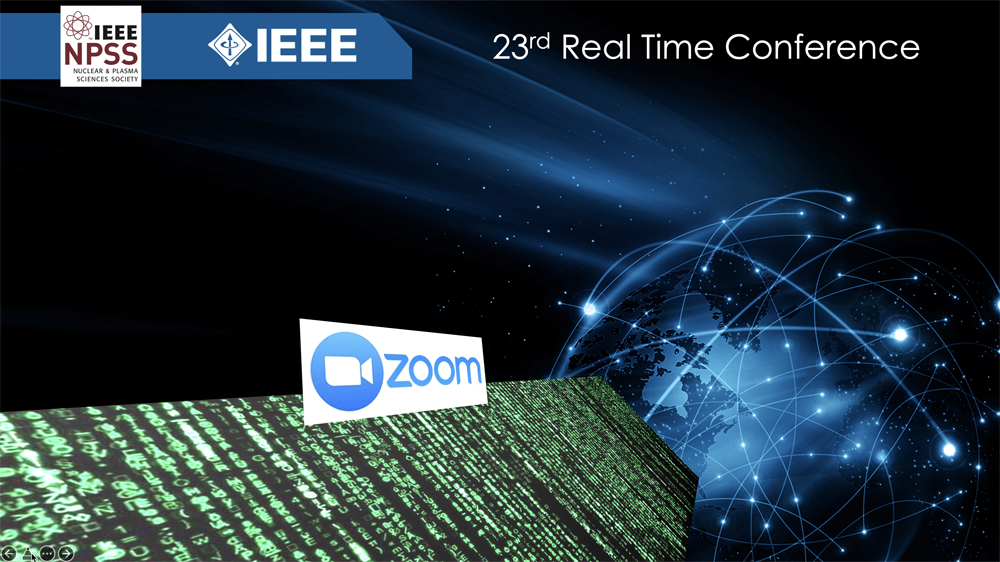Speaker
Description
Abstract—ATLAS [1] calorimeter is formed by individual
detector cells placed in a cylindrical geometry.
Each individual cell will record information when particle
collisions happen and this data is stored to be later processed
by algorithms provided by ATHENA Framework.
One of the main goals of those algorithms is to analyze
the collision events happening inside the calorimeter and
build topological clusters based on the energy recorded by
cells. Topological clustering [2] has a growing stage when
neighbour cells are grouped together into clusters based
on their recorded energy. The second stage is splitting the
clusters generated in the growing part if they contain more
than one cell having local maximum energy.
One might notice that general-purpose computing on
graphics processing units has become more popular in
recent years and a considerable amount of algorithms
are ported to GPU using programming languages and
frameworks such as CUDA and OpenCL. We will analyze
the porting of cluster splitter algorithm on GPU using
CUDA as well as data transformations required to make
it work.
Index Terms—ATLAS, ATHENA Framework, CUDA,
Topological Cluster
| Minioral | Yes |
|---|---|
| IEEE Member | No |
| Are you a student? | Yes |

